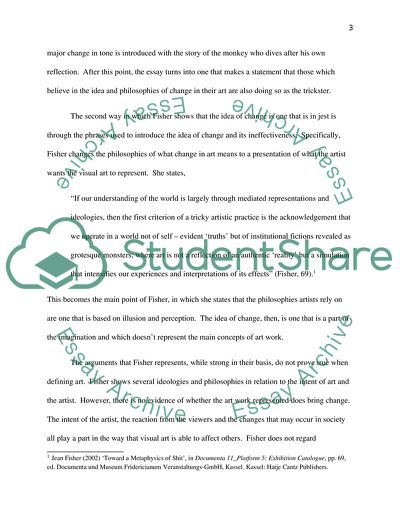Cite this document
(The Concept of Fine Arts Case Study Example | Topics and Well Written Essays - 2750 words, n.d.)
The Concept of Fine Arts Case Study Example | Topics and Well Written Essays - 2750 words. Retrieved from https://studentshare.org/performing-arts/1734324-fine-art-essay
The Concept of Fine Arts Case Study Example | Topics and Well Written Essays - 2750 words. Retrieved from https://studentshare.org/performing-arts/1734324-fine-art-essay
(The Concept of Fine Arts Case Study Example | Topics and Well Written Essays - 2750 Words)
The Concept of Fine Arts Case Study Example | Topics and Well Written Essays - 2750 Words. https://studentshare.org/performing-arts/1734324-fine-art-essay.
The Concept of Fine Arts Case Study Example | Topics and Well Written Essays - 2750 Words. https://studentshare.org/performing-arts/1734324-fine-art-essay.
“The Concept of Fine Arts Case Study Example | Topics and Well Written Essays - 2750 Words”. https://studentshare.org/performing-arts/1734324-fine-art-essay.


